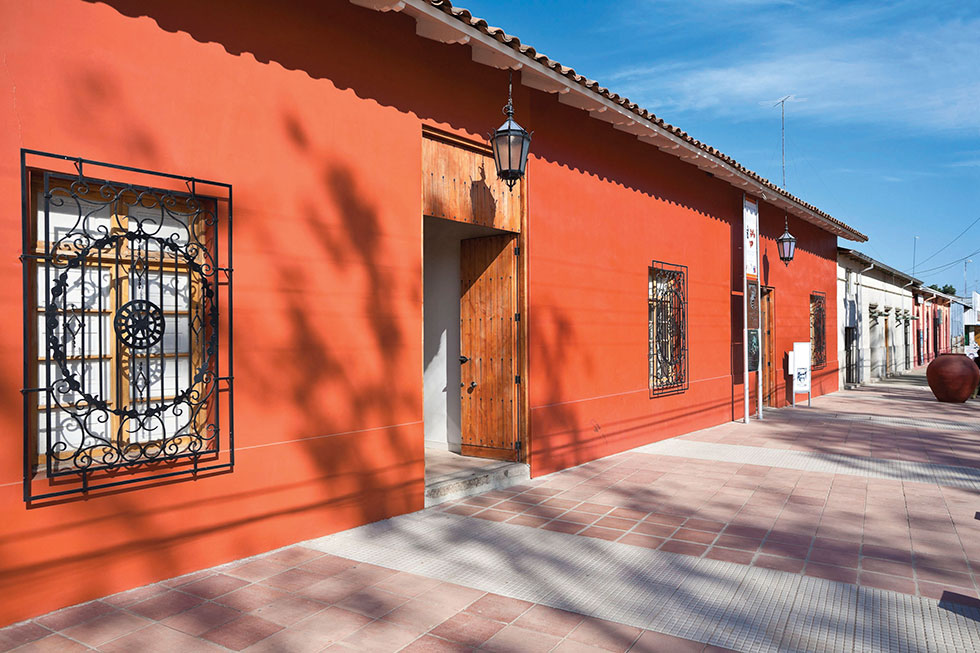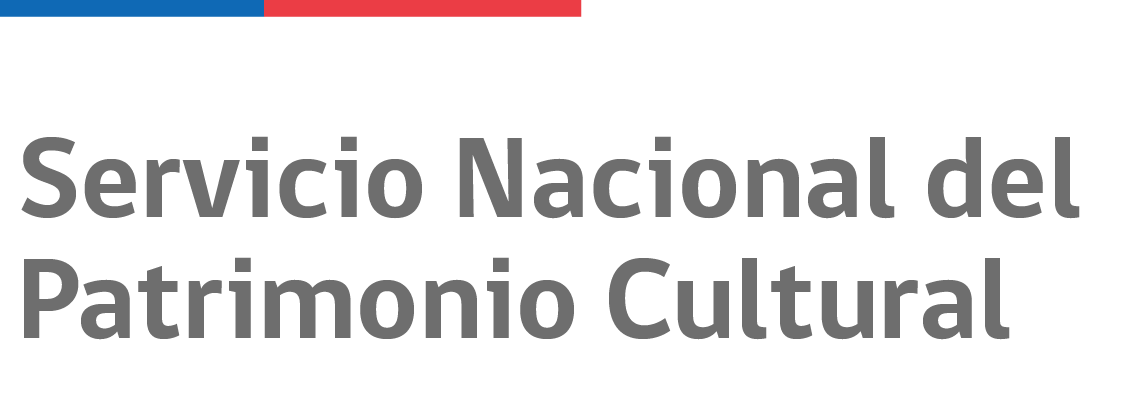
Services:
- Guided visits
Opening times:
Admission:
About the institution
The Linares Fine Arts and Craftwork Museum has its roots in 1962 when a group of Chilean artists donated examples of their work for the creation of a Linares Art museum. The pieces, of which there were more than 200, were initially put on show in the gym of a local school, prior to the Museum's inauguration in 1966.
The building

Façade of Linares Fine Arts and Craftwork Museum.
The heritage building in which the Museum has been located since its opening in 1966 dates back to 1886. With its adobe walls and tiled roof, it is typical of the traditional style of architecture seen across central-southern Chile.
The Museum was originally housed in the western part of the building, which was acquired by the Linares municipal government in 1964.. Between 2008 and 2010, the building, which has been a National Monument since 1996, was restored and new premises were added.
Inside the Museum
The Museum holds five principal collections, comprising over 3,000 objects and including:
• Visual Arts. This collection, which began with the original donation, now includes some 700 paintings, sculptures and drawings, mostly by Chilean artists, from the Colonial period through to the present day. Part of this collection is on show in the permanent exhibition.
• Craftwork. Including ceramics, basketry, textiles and the horse tack used by the Chilean huaso, this collection brings together work from around Chile, but focuses on the crafts typical of rural central Chile. Key items include examples of the highly skilled work in crin (horse hair) produced by artisans in the nearby town of Rari.
• History and anthropology. This collection comprises objects that belonged to leading local and national figures, such as the artist Pedro Olmos and Presidents Arturo Alessandri Palma and Carlos Ibáñez del Campo. These are displayed in the first room on entering the Museum.
• Numismatics. As well as coins and notes issued by the Chilean Central Bank over the years and from other countries, this collection includes examples of the tokens with which workers in northern Chile's saltpeter industry were paid and which could only be exchanged at company stores.
The Museum also has an interactive room in which visitors can learn through hands-on experience about the different natural fibers, of both vegetable and animal origin, that are most commonly used in Chilean craftwork.
Don't miss
Don't miss the Mustakis Interactive Area where, by playing, you can learn about the different natural fibers used in Chile today, divided into vegetable and animal fibers. You will also learn about the most common weaving techniques, used in both basketwork and textiles, as well as being able to touch, listen and guess, with texts in English.




